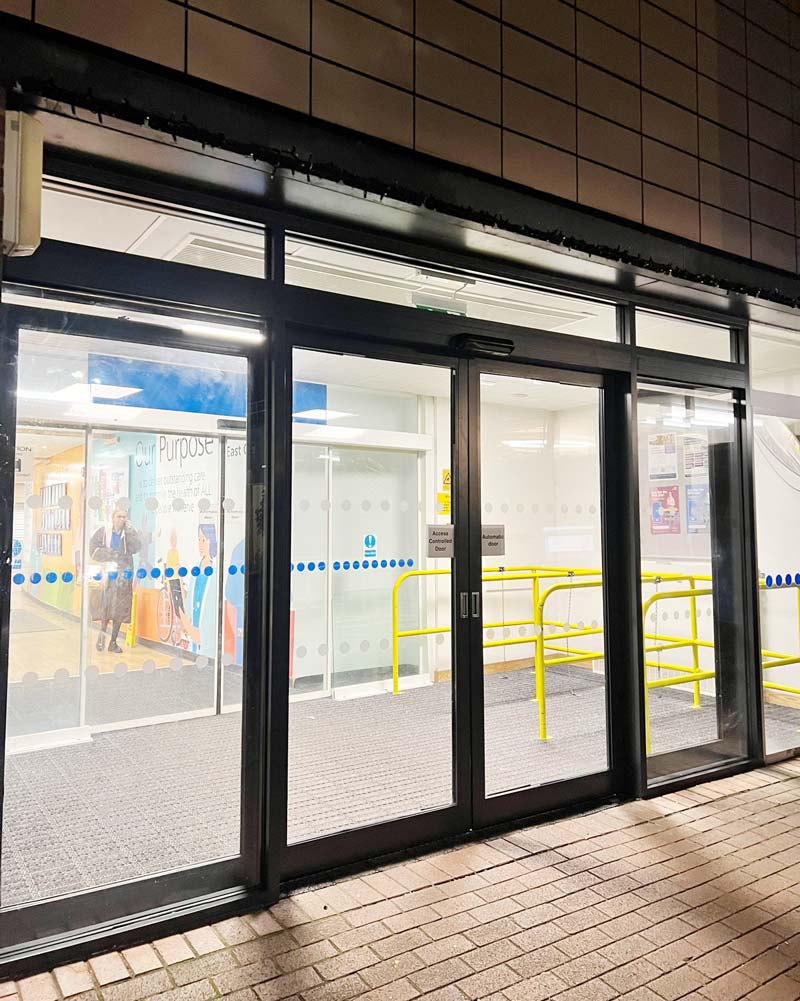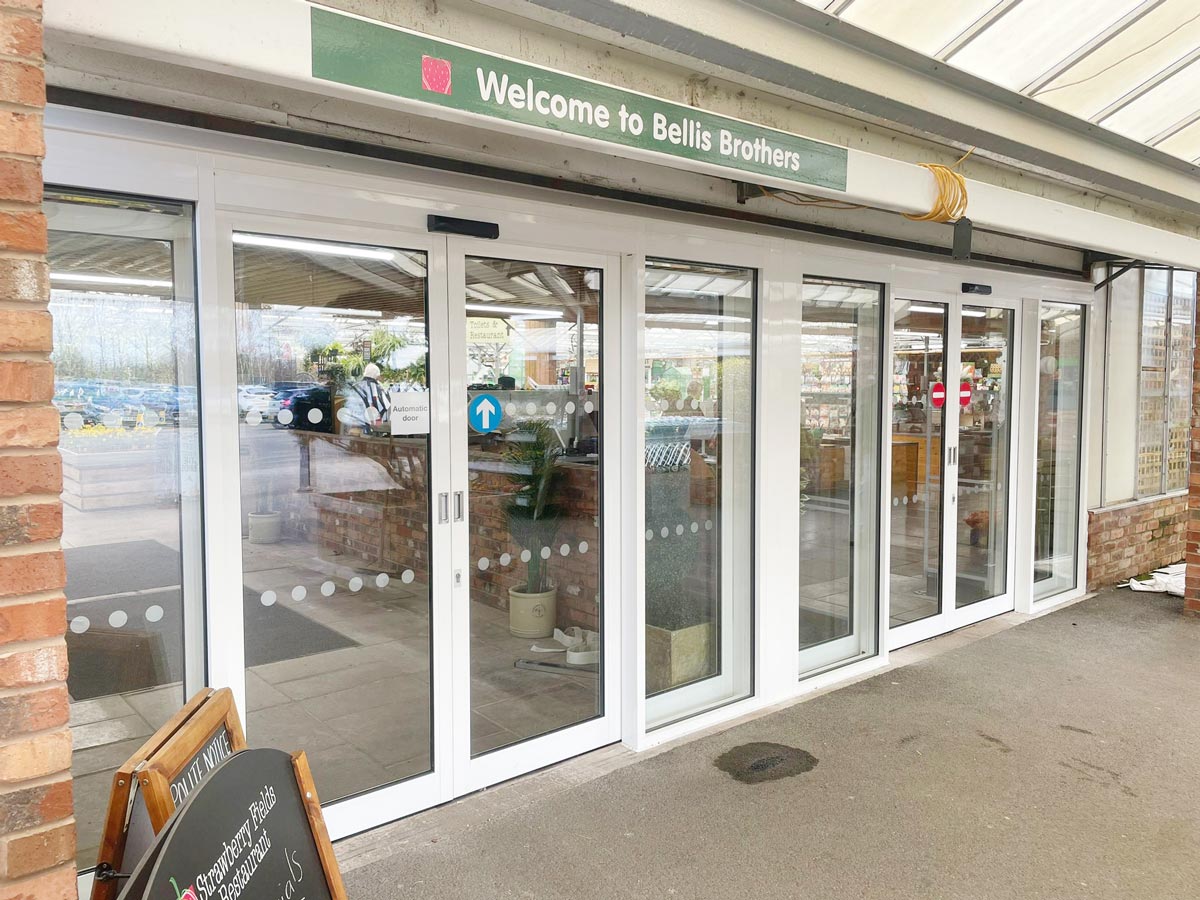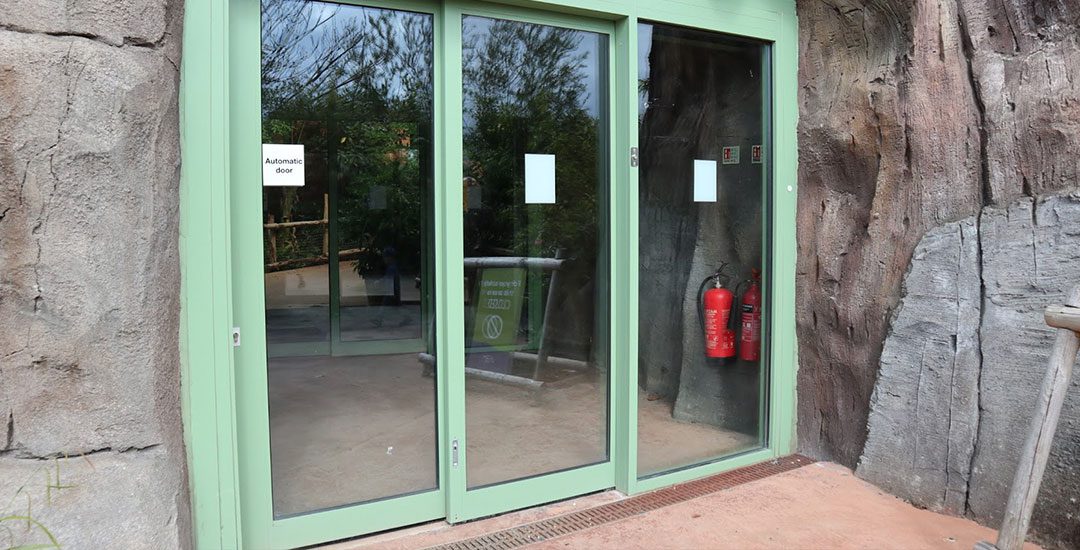Advantages Of Automatic Doors In Business

Top 4 Advantages of Automatic Doors
Increased convenience and accessibility: Automatic door opening systems provide a higher level of convenience compared to traditional manual doors. With just a wave of a hand or the push of a button, these systems open automatically, allowing people to enter and exit without any physical effort. This is especially beneficial for individuals with disabilities or limited mobility, as it eliminates the need for them to struggle with heavy doors or navigate narrow entrances.
Moreover, automatic door opening systems offer a smoother and more efficient flow of traffic in busy areas. In high-traffic environments such as airports or shopping malls, these systems ensure that people can enter and exit quickly, without any bottlenecks or congestion. This not only saves time but also enhances the overall experience for customers and employees.
Enhanced security and safety: Automatic door opening systems are equipped with advanced security features that enhance the safety of buildings and the people within them. These systems can be integrated with access control mechanisms such as keycards or biometric scanners, ensuring that only authorized individuals can enter restricted areas.
Furthermore, automatic door opening systems have sensors that detect obstacles in their path. This prevents accidents and injuries by automatically halting the door’s movement when an obstruction is detected. Whether it’s a person, object, or pet, these systems prioritize safety and minimize the risk of accidents.
Energy efficiency and cost savings: One of the significant advantages of automatic door opening systems is their ability to improve energy efficiency and reduce costs. These systems are designed to minimize heat loss during colder months by swiftly closing the doors after someone enters or exits. This prevents cold drafts from entering the building, reducing the workload on heating systems and lowering energy consumption.
Similarly, during hot summer months they can be programmed to remain closed when the outdoor temperature exceeds a certain threshold. This prevents the influx of hot air, reducing the need for excessive air conditioning and lowering energy usage.
In addition to energy savings, automated doors also result in cost savings for businesses. Organizations can significantly lower their utility bills by reducing the workload on heating and cooling systems. Moreover, the durability and reliability of these systems minimize maintenance and repair costs in the long run.
Improved aesthetics and modernization: Automatic door opening systems add a touch of modernity and sophistication to any building. With sleek designs and smooth operation, these systems enhance the overall aesthetics of the entrance. Whether it’s a commercial establishment, healthcare facility, or residential building, automatic doors create a positive first impression on visitors and customers.
Furthermore, these systems offer customization options to match the architectural style and design of the building. They can be installed in various configurations such as sliding doors, revolving doors, or swing doors, providing flexibility and adaptability to suit different spaces.

Types of Automatic Door Opening Systems
There are several types of automatic door systems available in the market, each with its own unique features and advantages. Here are some of the most common types:
Motion Sensor Doors: Motion sensor doors are the most common type of automatic door opening systems. These doors have sensors that detect movement, triggering the door to open when someone approaches. They are widely used in retail stores, hotels, and office buildings.
Motion sensor doors are convenient and efficient, as they eliminate the need for any physical contact or manual operation. They are particularly useful in high-traffic areas where a large number of people need to enter or exit the building quickly.
Push Button Doors: Push button doors require users to push a button to activate the door opening mechanism. These doors are commonly found in hospitals, where hygiene is of utmost importance. By using their elbows or a clean cloth to push the button, individuals can enter or exit without touching any surfaces, minimizing the spread of germs.
Push button doors are also suitable for buildings that require controlled access, as they can be integrated with access control systems to ensure only authorized individuals can enter.
Remote Control Doors: Remote control doors allow users to open or close the doors from a distance using a handheld remote control. These doors are commonly used in residential buildings, allowing homeowners to conveniently open the door for visitors without physically going to the entrance.
Remote control doors offer convenience and security, as homeowners can verify the identity of visitors before granting them access. They are also useful for individuals with limited mobility, as they eliminate the need to move from one room to another to open the door.
Touchless Doors: Touchless doors are a recent advancement in automatic door opening systems, designed with hygiene in mind. These doors use advanced sensors to detect the presence of a hand or body motion without any physical contact.
Touchless doors are highly effective in preventing the spread of germs, making them ideal for healthcare facilities, restaurants, and public spaces. By promoting touch-free interactions, these doors ensure a hygienic environment and minimize the risk of cross-contamination.

4 Factors to Consider When Choosing an Automatic Door
When selecting an automatic door opening system for your building, there are several factors to consider. These factors will help ensure that you choose the system that best suits your requirements and provides maximum benefits. Here are some key considerations:
Traffic Volume and Flow: The first factor to consider is the traffic volume and flow in your building. Different types of automatic door opening systems have varying capacities to handle high volumes of people entering and exiting. It’s essential to choose a system that can accommodate the expected foot traffic without causing congestion or delays.
Security Requirements: Consider the security requirements of your building. If you need to restrict access to certain areas, you may want to choose a system that can be integrated with access control mechanisms such as keycards or biometric scanners. This will ensure that only authorized individuals can enter restricted areas.
Building Layout and Design: The layout and design of your building also play a crucial role in selecting the right automatic door opening system. Consider the available space, entrance configuration, and architectural style of the building. This will help determine the most suitable type of system and its installation requirements.
Maintenance and Support: Ensure that the chosen system is easy to maintain and has reliable customer support. Regular maintenance is essential to keep the system in optimal condition and prevent any unexpected breakdowns.

Installation & Maintenance of Automatic Doors
Installing and maintaining automatic door opening systems requires careful planning and attention to detail. Here are some key steps involved in the installation and maintenance process:
Assessment and Planning: Begin by assessing the building’s requirements and conducting a thorough site survey. This will help determine the most suitable type of automatic door opening system and the installation process. Consider factors such as traffic volume, security requirements, and building layout.
Selection and Procurement: Once the assessment is complete, call ADC about the type of automatic door opening system you require. We pride ourselves on product quality, warranty, and customer service. Our design team will produce plans and talk you through the process to implement your new door system.
Installation: Our professional installers have vast experience in automatic door opening systems. They will ensure that the installation is carried out correctly, following all safety regulations and guidelines. The installation process may involve electrical wiring, sensor placement, and integration with access control systems.
Automatic Doors
Installation of new automatic doors systems, or our engineers can add automation to your existing entrances.
Aluminium Entrances
We can manufacture entrance solutions in a large range of colours to match in with your existing building.



